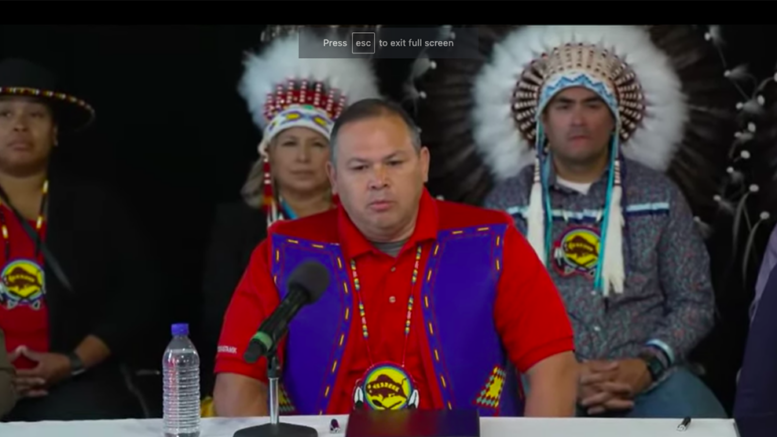By Rob Houle, Local Journalism Initiative Reporter
(ANNews) – On July 5, 2023, the Alberta government and Tsuut’ina Nation announced they had signed a Memorandum of Understanding (MOU) to build a fourth recovery centre on First Nations land. This announcement follows previous commitments by the Provincial government to partner with the Blood Tribe, Enoch Cree Nation and Siksika Nation.
While the details of the MOU are scant, the releases for each announcement outline the intention to construct 75 bed facilities with a budget of up to $30 million being made available for each project. These Recovery Communities are intended to be long-term in nature and focus largely on personal recovery.
These announcements follow the opioid addiction strategy established by Alberta, which has been dubbed the Alberta Model. This shift from previous policy was informed by the Mental Health and Addictions Advisory Council and supports those actively seeking treatment.
However, recent data released by Alberta Health Services suggest these commitments may be too little too late. In April 2023, Alberta experienced its deadliest month on record for opioid related deaths with 179 people losing their life to addiction. The previous high was 175 people in December 2021, during the height of the COVID-19 Pandemic.
As of April, 613 people in total have died due to opiods, that is more than 5 Albertans per day. This reflects a grim trend. March of this year was also the deadliest one on record with 168 people dying from drug use. With construction slated to begin next year for the announced Recovery Communities, they provide little reprieve from the current crisis.
A crisis that is disproportionately affecting Indigenous peoples across the province. Prior to 2022, Alberta Health Services published a First Nations specific Surveillance Report. According to 2020 data, 22% of opioid related deaths in the Province were attributed to First Nations people.
It is stark reminders like this that pushed the Confederacy of Treaty No. 6 First Nations to declare a State of Emergency this week. This declaration was necessitated by a report that life-expectancy for Indigenous people continues to drop in Alberta, currently an 18 year difference between Indigenous and non-Indigenous people. To combat these staggering realities, the Chiefs of the Confederacy called for increased harm-reduction initiatives.
However, it is unlikely that these calls will be answered given the province’s stern avoidance of harm-reduction or safe supply options. With construction of Recovery Communities years away, it is likely that those currently struggling with addiction will continue to have to roll the dice with only increased deaths on the horizon.



Be the first to comment on "Alberta announces recovery communities on-reserve but immediate help is needed"